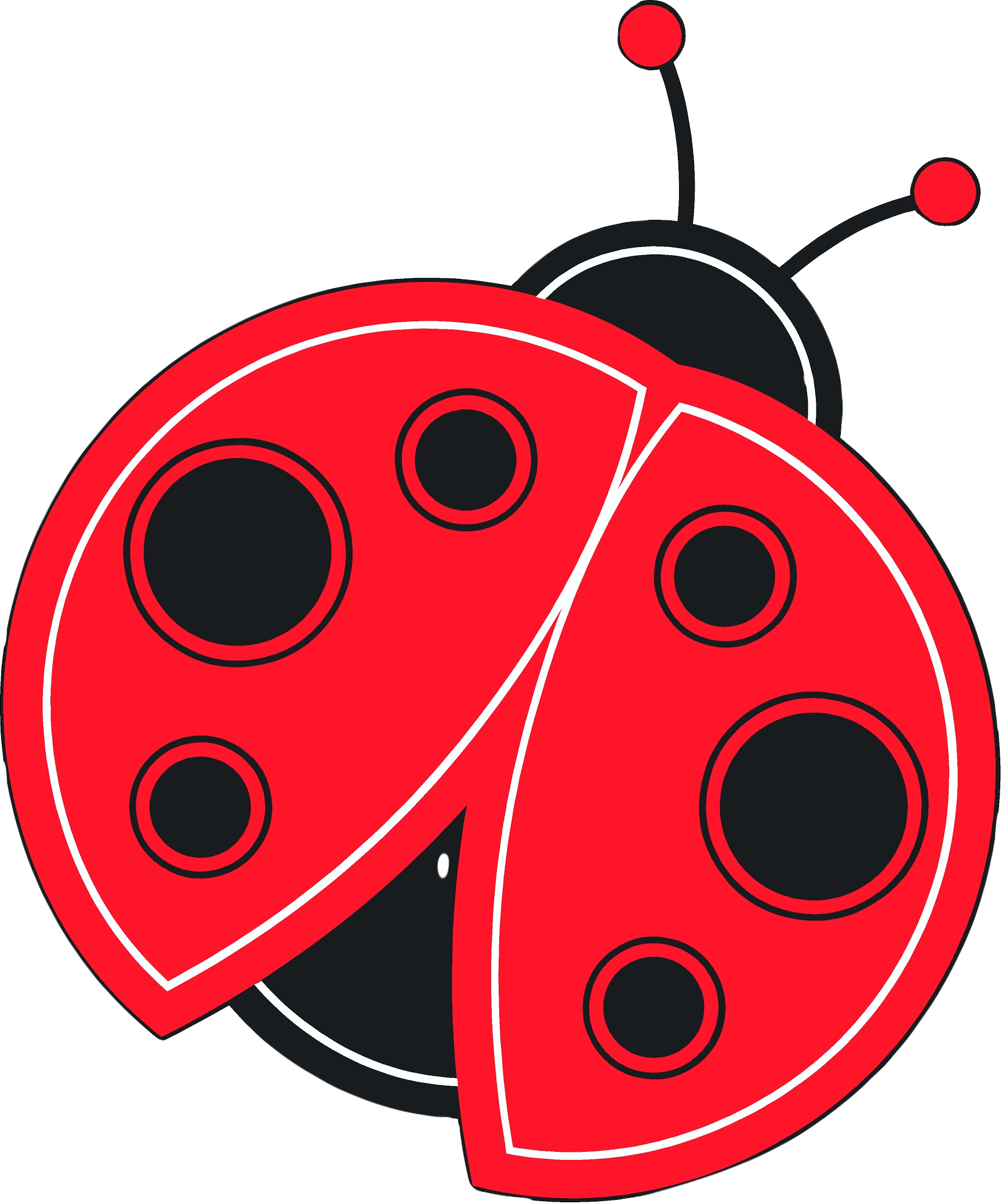Birds and Tree Care
by Maureen Sexsmith-Wet
ISA Certified Arborist, PR4600
As an arborist, it can be a difficult balance between preserving nature and preserving trees during the breeding season.
There have been many occasions in my career when I have had close encounters with wildlife when working on trees. One of most challenging times is during the active breeding season. Trees can contain nests or nest cavities for a wide range of birds. There are even times when a suit of armor would have been a good idea against the protests of excited parents.
While we always try our best to avoid disturbing eggs or nests full of open beaks, there are times when there just isn’t a choice. We had to do some removals to facilitate the demolition of a house. We noticed a beautiful and noisy bird of prey (I believe it was a merlin) watching our every move as each tree was systematically dropped to the ground ready to be bucked up and hauled away.
Discovering the Nest
Sadly when the spruce came crashing down, we discovered a nest securely built inside the top of the tree. A quick call to our friend Colin Weir at the Alberta Birds of Prey Center and he was enroute to the job site in Coaldale.
Colin retrieving the birds and nest
One bird was seriously injured and the other had a survival instinct I admire. With the loving attention and care of the staff and volunteers (and I believe a surrogate bird), one survived to be released later in the year.
Now here is a bird with amazing survival instincts
Colin places all the baby birds into the nest, held by Evan, ready for transport to the Birds of Prey Centre.
I am happy to report, that the breeding pair returned to the neighborhood and found another mature spruce the following year to raise their family.
I have had the opportunity to work on a variety of projects with Colin as part of their shoreline enhancement program. We have coordinated the removal of trees by crane which have since be placed along the pond banks. I have also supplied additional trees following regional chainsaw training. These trees now replicate nature as snags washed up on shore. They provide two primary functions – to reduce erosion and to provide perches for birds and turtles. The Birds of Prey Centre is an amazing facility. They are always looking for volunteers and donations to help with the day to day activities and to expand their programs. Consider placing them on your Christmas Gift Giving List this season. For more information visit their website at www.burrowingowl.com

